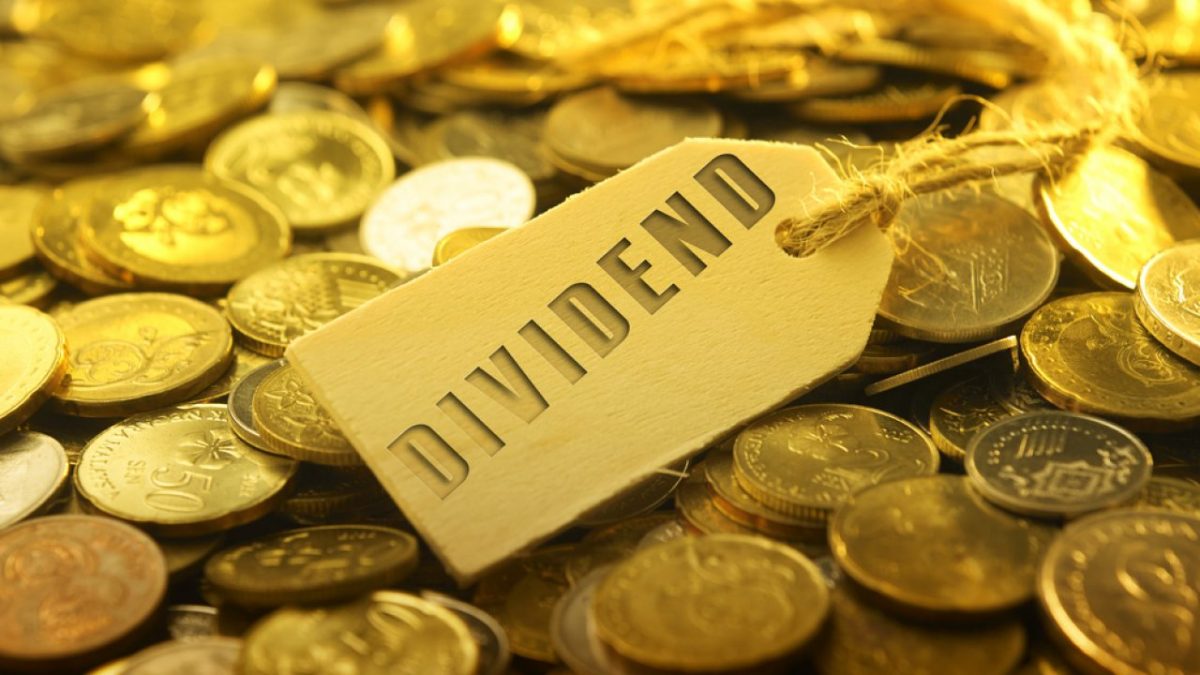Investment Thesis
- M&A that adds value or product/service innovation
- Monopoly position in a number of segments, with an EBIT margin of 70% and ROTE of 30%.
- A quality management team has been established to assist any new CEO. The team has a detailed awareness of future operational and IT requirements, as well as strong ties to legislators and regulators.
- With net cash and an AA credit rating, the balance sheet is strong.
- The ASX stands to profit from rising superannuation and population trends.
- The ASX could profit from global connectivity’s fundamental expansion.
Key Risks
- Capex execution runs the risk of falling short of expectations in terms of ROIC.
- Volume growth is expected to be slow, while profitability are expected to be flat.
- Competitors’ or a new start-technological up’s and product innovation could jeopardise ASX’s market hegemony.
- Regulation poses a threat.
FY21 results summary
Operating revenue increased +1.4 percent year on year to $951.5 million, driven by strong growth in Listings& Issuer Services (supported by new listings and increased issuer activity), Equity Post-Trade Services (reflecting higher settlement activity), and Trading Services (underpinned by increased demand for information services), partially offset by declines in Derivatives and OTC Markets as current policy settings reverted. Total expenses increased by +8.4 percent years on year to $310.3 million, in line with management’s guidance of +8-9 percent growth, due to additional costs to support licence to operate and growth initiatives, as well as variable costs associated with issuer activity. EBIT fell -1.7 percent years on year, with margin falling -210 basis points to 67.4 percent. Statutory profit was -3.6 percent lower than pcp. Net interest income fell 44.3 percent year on year to $46.7 million as a result of the RBA’s current policy settings, which resulted in lower interest earnings on ASX’s own capital and a lower investment spread on ASX collateral. Capital expenditure (capex) was $109.8 million, up 36.5 percent year on year, reflecting the expanded CHESS replacement project and ASX’s ongoing commitment to strengthen foundations for a future exchange.
Company Description
ASX Ltd (ASX) operates Australia’s main stock exchange and equity derivatives market. ASX has four core segments: (1) Listings and Issuer Services (covers capital raisings, investment products, and a range of services ASX provide to listed companies); (2) Derivatives and OTC Markets (covers OTC Clearing, equity options and Austraclear including the ASX collateral management service); (3) Trading Services (encompasses cash equities trading, information services and technical services); and (4) Equity Post-Trade Services (encompasses the clearing and settlement of the entire Australian cash market).
General Advice Warning
Any advice/ information provided is general in nature only and does not take into account the personal financial situation, objectives or needs of any particular person.








